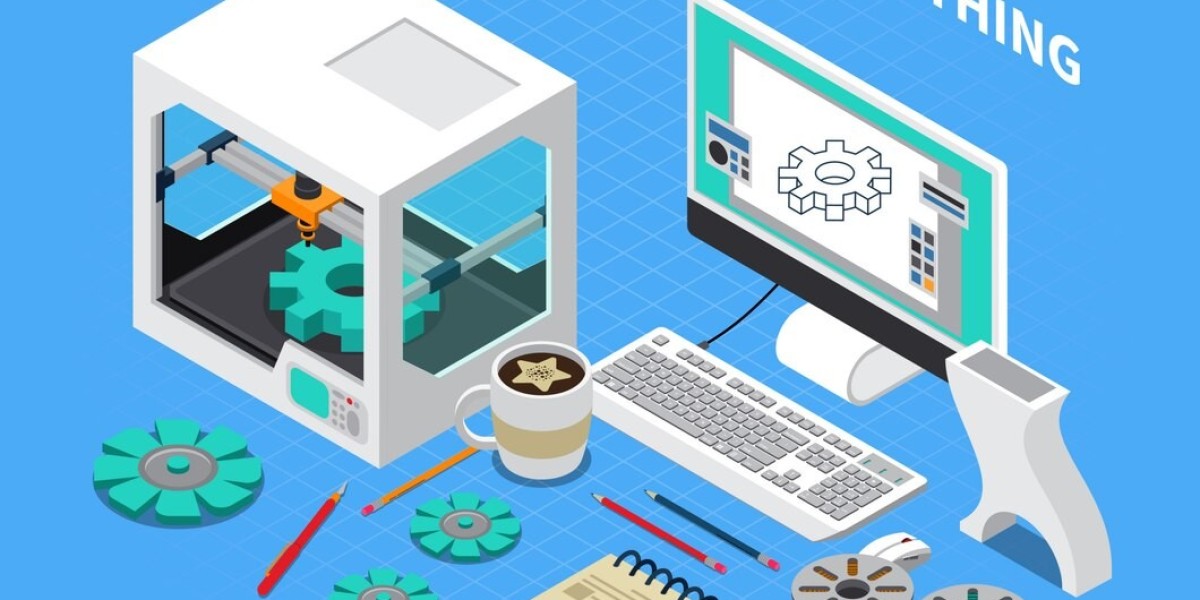The integration of 3D printing into medical device manufacturing has sparked significant innovation, transforming the industry in ways previously thought impossible. 3D printing, also known as additive manufacturing, involves creating three-dimensional objects by layering material based on digital models. This technology has revolutionized the way medical devices are designed, produced, and customized. From prosthetics to surgical tools, 3D printing allows for the creation of complex shapes that traditional manufacturing methods cannot achieve, offering unparalleled precision and personalization. As the focus on improving patient outcomes grows, the role of 3D printing becomes even more crucial in medical device manufacturing.
The ability to rapidly prototype and manufacture intricate parts with greater accuracy and speed is one of the most significant advantages that 3D printing offers to the medical device industry. Traditional methods of manufacturing involve time-consuming processes, requiring expensive molds and tooling. In contrast, 3D printing eliminates these costs and delays, enabling faster iterations and reducing time-to-market for medical devices. This speed allows manufacturers to respond quickly to market demands, address regulatory requirements, and bring life-saving products to patients faster. The role of 3D printing in advancing the medical field has thus become essential for improving patient care and advancing medical technology.
Customization of Medical Devices with 3D Printing
One of the most remarkable benefits of 3D printing in the medical field is its ability to create highly personalized medical devices. Customization in healthcare is vital, particularly for patients who need devices tailored to their unique anatomy, medical conditions, or personal preferences. 3D printing allows for the design of custom implants, prosthetics, and orthotics that perfectly fit an individual’s body, enhancing both comfort and function. This ability to tailor medical devices to a patient’s specific needs has been a game changer, as it allows for the creation of solutions that are far superior to off-the-shelf options.
For example, patients with complex bone fractures or deformities can now receive 3D-printed implants that precisely match the shape and size of their body, improving healing times and reducing complications. Similarly, prosthetic limbs can be custom-designed to suit a patient’s specific physical requirements, ensuring better mobility and quality of life. By eliminating the limitations of mass production, the role of 3D printing in creating customized medical devices opens up new possibilities for patient-centered care. Furthermore, these devices often have better integration with the body, leading to improved outcomes and fewer complications.
The Impact of 3D Printing on Surgical Planning and Training
Beyond the manufacturing of medical devices, 3D printing also plays a pivotal role in surgical planning and training. Surgeons can use 3D-printed models of patients' organs or body parts to practice complex procedures before performing them on the patient. These physical models, made from biocompatible materials, are highly accurate replicas of the patient’s anatomy, allowing doctors to explore different surgical approaches and plan their techniques more effectively. This hands-on experience leads to better-prepared surgeons, ultimately reducing the risk of complications during surgery.
In addition to improving surgical outcomes, 3D printing has revolutionized medical education and training. Medical students and professionals can now use 3D-printed anatomical models for a more interactive learning experience. For instance, they can practice delicate surgeries or explore human anatomy in a way that traditional cadaver dissection or two-dimensional images cannot offer. This immersive learning method enhances the understanding of complex medical procedures and helps develop skills that can be directly applied in real-world settings. Thus, the role of 3D printing extends beyond device manufacturing to encompass education and clinical practice, contributing to safer and more effective healthcare delivery.
Cost-Effectiveness and Efficiency in Production
One of the primary factors driving the adoption of 3D printing in medical device manufacturing is its potential for cost savings. Traditional manufacturing techniques for medical devices often involve high upfront costs for tools, molds, and equipment. Additionally, mass production processes can be slow and wasteful, requiring significant resources for each batch produced. In contrast, 3D printing eliminates the need for costly molds and tooling, as well as minimizing material waste. This makes the production process more efficient and cost-effective, particularly for small batches or highly specialized devices.
For manufacturers, the ability to produce on-demand, custom, or low-volume runs of medical devices greatly reduces inventory costs and waste. The rapid prototyping capability of 3D printing also shortens the development cycle, allowing manufacturers to quickly test and refine their designs before moving into full-scale production. For healthcare providers, the cost savings can be significant as well, as 3D-printed devices can be produced at lower costs, making advanced medical treatments more accessible. Furthermore, the precision of 3D printing can reduce the need for revisions or repairs, leading to long-term savings in both time and money.
Regulatory Challenges and Future Prospects of 3D Printing in Medical Devices
While the role of 3D printing in medical device manufacturing has many advantages, it also comes with unique challenges, particularly regarding regulatory compliance. Medical devices must undergo rigorous testing and approval processes before they can be used on patients, and 3D-printed devices are no exception. Regulatory bodies such as the FDA (Food and Drug Administration) in the United States and the European Medicines Agency (EMA) have stringent requirements for ensuring the safety and efficacy of medical devices. Manufacturers must demonstrate that their 3D-printed products meet these standards, which can be a complex and time-consuming process.
However, as the technology evolves and becomes more widely adopted, regulatory agencies are beginning to adapt their frameworks to better accommodate 3D printing. The increased focus on quality control and standardized testing methods will likely pave the way for smoother approvals of 3D-printed devices in the future. Additionally, advancements in materials used for 3D printing, such as biocompatible and bioresorbable substances, are expanding the potential applications for medical devices. The future of 3D printing in medical device manufacturing looks promising, with the potential for more innovative and cost-effective solutions that improve patient care, reduce healthcare costs, and open up new possibilities for treatment and rehabilitation.
Conclusion
The role of 3D printing in medical device manufacturing is transforming the healthcare landscape in profound ways. It offers the ability to create customized, cost-effective, and highly efficient medical devices that were previously unimaginable. From prosthetics to surgical planning, the technology is improving patient outcomes by providing more personalized care and enabling faster, more precise procedures. Despite challenges related to regulatory approval and material limitations, the future of 3D printing in the medical field remains incredibly promising. As the technology continues to advance, it will likely unlock even more opportunities for innovation, making healthcare solutions more accessible, effective, and patient-centric than ever before.



